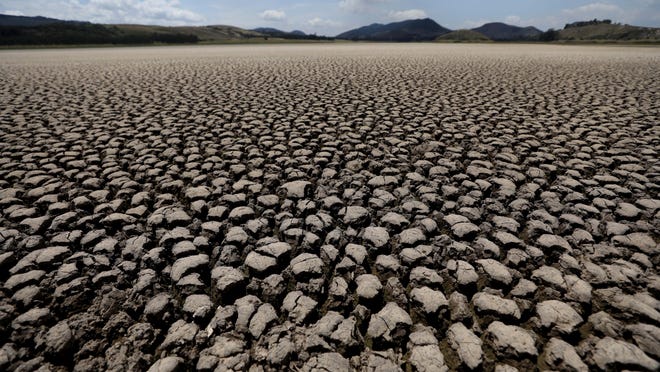- The solstice marks the beginning of astronomical summer in the Northern Hemisphere.
- Many people around the world celebrate the summer solstice with music and festivities.
- The real heat is yet to come: July is almost always the hottest month of the year in most locations.
The first day of summer in 2022 is Tuesday, July 21, but there’s a more precise moment that astronomical summer will begin in the Northern Hemisphere. That’s at 5:14 a.m. EDT on Tuesday, which marks the 2022 summer solstice.
This is the precise moment when the North Pole tilts closest to the sun, making the sun appear at its highest point in the sky of the year.
At that moment on Tuesday, the sun will be directly above the Tropic of Cancer. That’s the farthest north the sun moves in the sky, which is why the days close to the solstice have the most daylight of the year.
Some people call it “the longest day,” but to be precise, it’s the day with the most daylight, because every day has 24 hours.
The amount of daylight will be roughly consistent for a few more days before shrinking each day until the winter solstice in late December.
When does summer 2022 begin?
In reality, it’s felt like summer across the nation for the past few weeks, and meteorologists consider summer the hottest three months of the year (June, July and August).
But the real heat is still to come: On average, there is a one-month lag between the solstice and peak summer temperatures, according to climatologist Brian Brettschneider. That’s why July is often the hottest month of the year in many locations.
THE HEAT IS ON:Everything you need to know about heat: From the heat index to a heat dome to an excessive heat warning
EXPLAINER:What is a derecho?
And it’s likely to be a hot summer, overall: The Climate Prediction Center’s latest forecast through September is for warmer-than-average temperatures for most of the U.S.
Who celebrates the solstice?
Many people around the world celebrate the summer solstice with music and festivities. In England, hundreds of people travel to the ancient site Stonehenge for the first day of summer. Solstice observations there have been going on annually for thousands of years.
The Mayans and Aztecs used the summer and winter solstices as markers to build structures that precisely line up with shadows created by the sun, according to Scientific American.
Tuesday is also the winter solstice in the Southern Hemisphere, meaning winter is coming for the roughly 12% of the world’s population who live there.
Why do we have solstices?
The reason we have solstices, equinoxes and seasons is because the Earth is tilted on its axis, thanks to a random collision with another object untold billions of years ago. According to Earthsky, Earth’s Northern and Southern Hemispheres trade places in receiving the sun’s light and warmth every six months as the Earth revolves around the sun.


